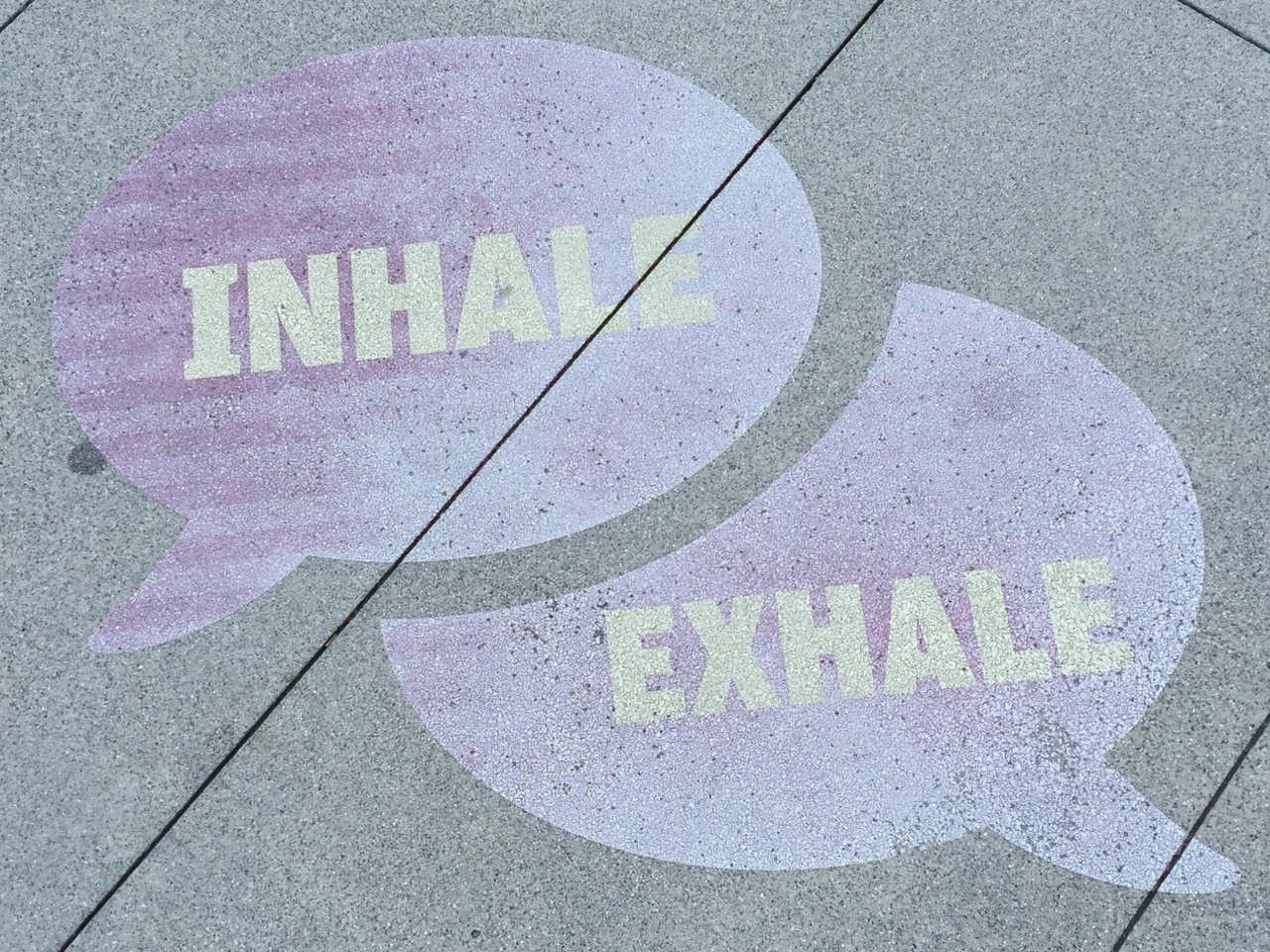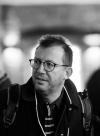Beyond Infrastructure: Planning for Behaviour
Mobility decisions are not just rational calculations. They are shaped by habits, emotions, social norms, fears, time pressures, and perceived identity. This is why many technically sound mobility plans fail: they build the “what” but forget to nurture the “how” and the “why”.
Soft planning is not about abandoning structure. It is about embedding it in a wider social choreography.
“Planning is not only about designing urban space but about negotiating meanings and values in complex social settings” (Healey, 1997).
In this sense, nudges become essential. A nudge doesn’t force or coerce — it invites. It makes the desired behaviour easier, more visible, more natural. It reduces friction without removing freedom. And when deployed ethically, it becomes a tool for inclusion. Change doesn’t happen by decree or by normative planning. It happens through legitimacy, dialogue, and trust. The most effective plans are not those that dictate, but those that are based on a listen-and-enable principle. That is why I advocate for structured, participatory processes: frameworks that allow urban actors, the stakeholders, to find their place, speak their voice, and build ownership.
“Planners are not neutral technicians; they are mediators of meaning, power and possibility” (Forester, 1999). The urban planner as facilitator, as listener, as interpreter — this is the essence of soft planning.
This approach does not weaken the plan. It gives it roots. The importance of citizen participation in building sustainable cities has a long cultural and intellectual tradition. In Soft City (1974), Jonathan Raban described the city as a pliable, open-ended environment, one that “awaits the imprint of an identity”. In this sense, sustainability is not only a technical goal, but a narrative one: a process through which people make the city their own.
The more citizens engage in shaping practices, from walking initiatives to shared mobility, the more they gain ownership, and the more they invest emotional meaning into place. This symbiosis between sustainable development and urban identity is not fixed in plans, but told and retold through stories, habits, shared rituals, results, and practices based on knowledge exchange.
Nudging Towards Sustainability: Lessons from the Field
In Ghent, Belgium, the city redesigned its traffic circulation in 2017. Alongside physical interventions, communication played a strategic role: messaging reinforced social norms (“most people are already cycling”), signage was intuitive, and the active modes were framed as default.
The result? Cycling increased by 60%, car use dropped by 12%, and air quality improved.
In Bologna, the “Bella Mossa” app gamified mobility: users gained points for walking, cycling or using public transport. The social element — friendly competition, visible progress created motivation and routine. Over 73% of users reported reducing car use.
Globally, the story continues:
- In Singapore, floor decals and audio prompts guide boarding behaviour, while seniors use the “Green Man+” card to get longer green lights.
- In Bogotá, the weekly “Ciclovía” event transforms the city into a pedestrian and cyclist haven. The emotional power of seeing “people like me” reclaiming the streets is, in itself, a massive behavioural nudge.
- In Nairobi, e-motorcycles with affordable battery-swapping offer low-cost, inclusive access to green transport. Here, the nudge is framed around convenience and dignity.
In the URBACT S.M.ALL network, we are testing behavioural nudges directly within pilot neighbourhoods.
- In Ferrara, digital signage and colour-coded pavement markings are helping schoolchildren and parents identify the safest walking routes to school — a simple but powerful visual cue that promotes active travel.
- In Larissa, co-designed mobility workshops have engaged residents in identifying barriers to inclusive transport. One outcome is a mobility map tailored for older residents, combined with a small incentive scheme for walking groups organised through community centres.
- In Škofja Loka, a local mobility challenge was launched using playful, low-tech gamification tools. Families tracked their walking and cycling journeys via printed logbooks and received small recognitions at community events. The result was not only increased physical activity but also stronger intergenerational participation.
Other S.M.ALL partners are also testing nudges tailored to their integrated urban plans. I do not list them all here for the sake of brevity, but nudging plays a key role in every local experience within the network. These real-world experiments show that nudges can be meaningful even without advanced technology provided they are locally owned, tailored to real needs, and embedded within a clear planning process. Nudging is grounded in decades of behavioural economics. Nudge: Improving Decisions About Health, Wealth, and Happiness (Thaler and Sunstein, 2008) showed that small changes in how choices are presented, like setting a default option or using clear, visible messages can gently guide people towards better decisions.
In mobility, this means:
- making sustainable options the default in apps;
- providing real-time air quality data to favour public transport;
- showing that “most neighbours are choosing low-carbon modes”.
These are low-cost, high-impact actions. But their success depends on design quality, cultural calibration, and above all, integration into broader urban strategies. Recent studies reinforce this.
“Soft planning enables adaptive capacity through incremental and relational governance” (Tulumello et al., 2020)
“Negotiated flexibility in planning practices can foster sustainability transitions in uncertain urban futures” (Van den Broeck and Moulaert, 2019).
Conclusion: Building a Culture of Softness
Participatory planning is itself a behavioural nudge. It reduces psychological distance from the policy. It makes citizens feel seen. And that sense of ownership is what sustains change when the funding ends, when the pilot phase is over. This is especially true when addressing vulnerable groups. Elderly people, women, youth, people with disabilities; all have different needs, fears, and motivations. Soft planning listens to these voices and designs nudges accordingly: accessible signage, safer walking paths, predictable public transport, incentives that recognise daily realities.
Cities are not machines. They are organisms of culture, memory, movement, and desire.
And planning must rise to that complexity. Soft planning is not about being vague or indecisive, it is about being attuned, strategic, and inclusive. As planners and decision-makers, our task is not only to build better infrastructure, but to fostering better behaviours. To make the sustainable choice feel natural. To help people imagine, and then inhabit, different possible and contingent futures.
In that sense, nudges are not just tools. They are signals of care.
And perhaps the most powerful form of planning is the one that whispers, not shouts, a concept worth remembering at a time when the political contexts surrounding planning processes are increasingly dominated by loud, authoritarian shortcuts instead of the quiet, patient work of building collective capacity through listening.


